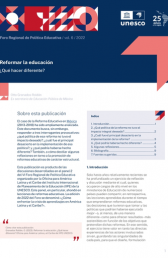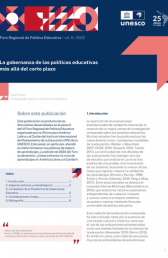
Langues
Anglais
Collections
IIEP research papers
Année
2014
Pages
54 p.
Level
Tertiary education
Country
Version en ligne
A propos de la publication
This publication examines the changes to substantive and procedural autonomy in university governance reforms in China since the late 1990s. It is based on empirical data collected through questionnaires and semi-structured interviews from a case study of East China Normal University in Shanghai. The publication reports that university governance has gradually become less centralized, with an increase in joint governance between the central and provincial governments. More autonomy has been granted to the institutional level on fi nancial and academic matters, including the appointment of academic staff and administrators, recruitment of students, curriculum, and course development. Meanwhile, the government retains control of ideo-political education and the appointment of university presidents and party secretaries. The concept of autonomy in China differs from the Western tradition, which implies a distinct separation between the university and the state and emphasizes institutional independence. In the pre-reform age, Chinese universities were controlled by the state and lacked independence from national politics. Recent reforms, however, have led to greater self-determination. Chinese universities are neither distinctively separated from the government, nor squarely under its complete control. They are partially integrated with the government while maintaining relative independence in other areas.








